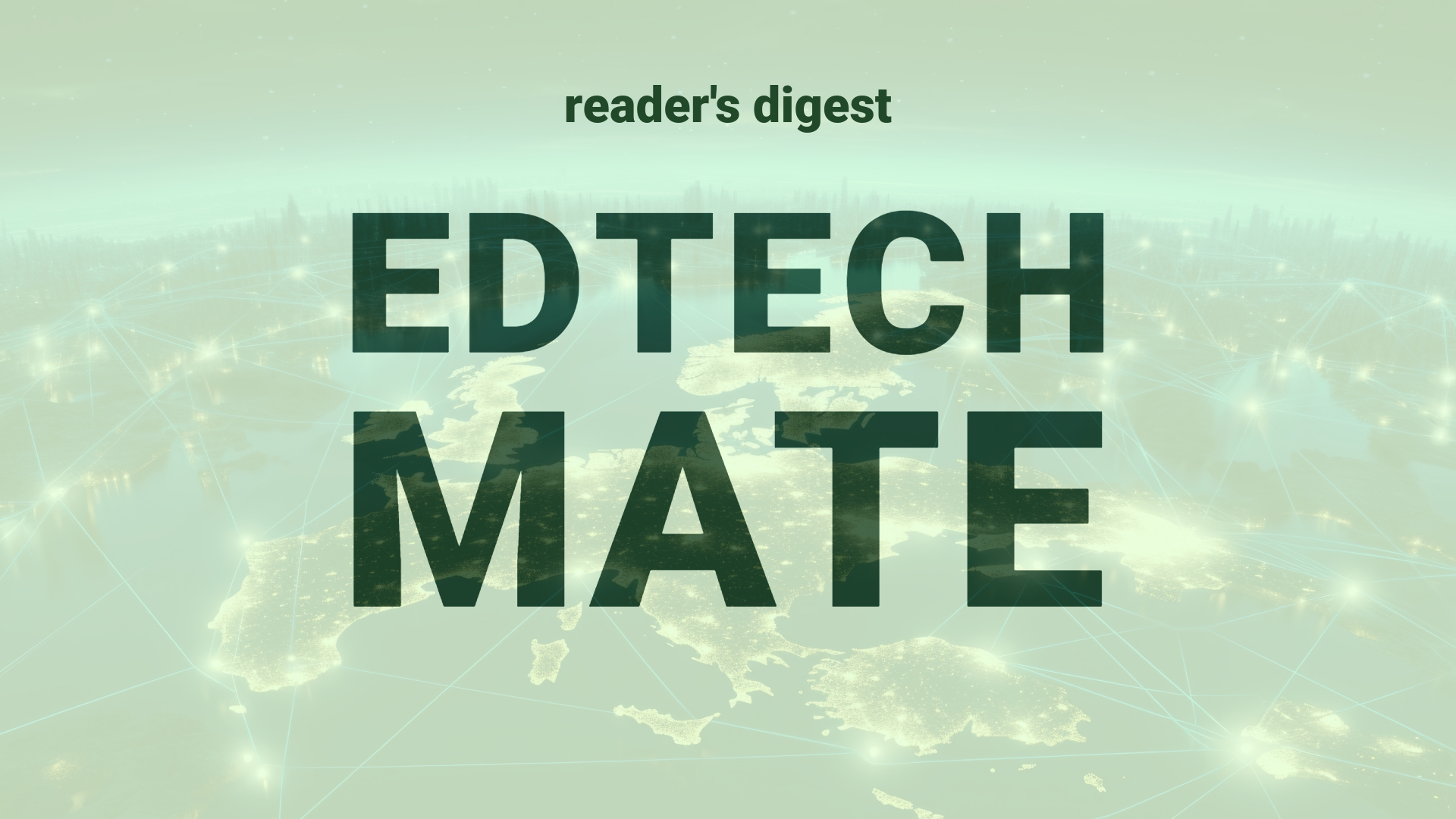Executive Summary and Main Points
In a recent conversation for McKinsey Global Publishing’s “Author Talks,” Elspeth Kirkman, Chief Program Officer at Nesta, shared insights from her new book “Decisionscape: How Thinking Like an Artist Can Improve Our Decision Making.” Kirkman explores decision-making processes through the lens of artistic creation, bolstering our choices by incorporating distance, viewpoint, composition, and framing. These new perspectives unveil the often-invisible constraints under which decisions are made and underscore the power biases wield in our decision-making landscapes. Kirkman’s approach exemplifies a cross-disciplinary synthesis, merging humanities insights with decision science to redefine strategic and everyday choices in the education sector and beyond.
Potential Impact in the Education Sector
Kirkman’s principles could invigorate pedagogical methodologies, influencing curriculum design and educational leadership in Further Education, Higher Education, and micro-credentials. Innovative educators could apply artistic perspectives to curriculum development, fostering diverse cognitive frameworks among learners. As digital transformation pervades educational institutions, these insights may guide the development of digital and AI tools tailored to varied learning and decision-making styles. Strategic partnerships, enabled by an expanded understanding of decision processes, could emerge between tech companies and educational entities, orchestrating a digital decisionscape that transcends traditional pedagogies.
Potential Applicability in the Education Sector
Innovative applications might include AI systems designed to replicate artistic distance and framing, thereby presenting complex education-related data in a nuanced decision-making environment. Digital tools could simulate different perspectives, enhancing problem-solving and interdisciplinary studies. Customized learning experiences may also employ these concepts, adapting to the individual’s decision-making biases to maximize educational outcomes. With global education systems being complex and diverse, integrating such artistic thought processes could enrich cross-cultural understanding and collaboration, fortifying the sector’s global connectedness.
Criticism and Potential Shortfalls
While Kirkman’s approach is illuminating, its practical translation into educational technology may encounter limitations. Not all artistic principles neatly dovetail with the rational and empirical needs of educational systems. Cross-disciplinary applications must be carefully calibrated to avoid oversimplification. Ethical concerns about manipulating decision landscapes—whether through AI or educational policies—necessitate transparent dialogues. Cultural biases inherent in the technology or its implementation could also lead to non-inclusive educational models, favoring some learners over others. It is vital to consider such potential shortfalls and maintain a critical eye towards equitable educational outcomes as technologies evolve.
Actionable Recommendations
Educational leadership could consider a multi-tiered approach in integrating these decision-making principles: endorsing reflective practices like expressive writing within pedagogical designs, promoting premortem assessments in project-based learning to preemptively address potential issues, and infusing curriculum with opportunities for diverse perspective-taking. Additionally, faculty development programs might include workshops on artistic decision-making to enrich instructional strategies. For international partnerships, aligning Kirkman-style decision-making frameworks could be instrumental in navigating cross-cultural educational initiatives and fostering a more globally attuned and harmonious educational environment.
Source article: https://www.mckinsey.com/featured-insights/mckinsey-on-books/author-talks-can-thinking-like-an-artist-improve-your-decisions

